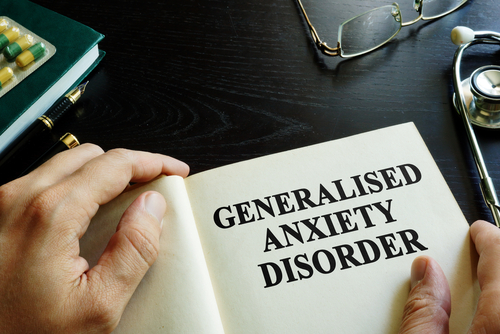
Major depressive disorder (MDD) or clinical depression, is listed as a medical illness in the Diagnostic and Statistical Manual of Mental Disorders, Fifth Edition (DSM-5) and is recognized as a serious mood disorder. Mood disorders, also known as affective disorders, according to Johns Hopkins Medicine “is a mental health class that health professionals use to broadly describe all types of depression and bipolar disorders.” The World Health Organization (WHO) explains that severe depression is “characterized by persistent sadness and a lack of interest or pleasure in previously rewarding or enjoyable activities,” resulting in significant impairment in one’s daily life. According to the Centers for Disease Control and Prevention (CDC), depression affects nearly ten percent of the general population in America.
Antidepressant Medications
Antidepressants are medications prescribed to help treat moderate to severe depression. Treatment for depression typically includes integrating a combination of both psychotherapy and medication into one’s treatment plan. Every individual is different and not all antidepressant medications will work for everyone. The treatment plan for depression must consider the nuanced mental health needs of the individual and be customized accordingly. The two most common types of antidepressant medications prescribed for the treatment of depression include:
- Selective serotonin reuptake inhibitors (SSRIs): SSRIs work by slowing the re-absorption of and altering the brain’s chemical balance of serotonin. Serotonin is the chemical in one’s body that is directly related to one’s moods. Common examples of SSRIs that may be used to treat depression include, but are not limited to:
- Selective norepinephrine reuptake inhibitors (SNRIs): SNRIs work to elevate one’s mood by interacting with both the serotonin and norepinephrine levels in one’s brain. They can be prescribed to treat anxiety, depression, and some chronic pain conditions. Common examples of SNRIs that may be used to treat MDD include:
- Cymbalta (duloxetine)
- Effexor XR (venlafaxine)
As is true with taking any type of medication there are associated risks. The specific risks will vary from person to person, as they will depend on several contributing factors (e.g., the individual’s health history, the presence of any additional mental health ailments, substance abuse issues, genetics, etc.). The Food and Drug Administration (FDA) requires antidepressant medications to clearly display a black box warning label indicating the possibility of increased suicidal thoughts and behaviors when taken by some individuals under the age of 25. An individual that experiences adverse side effects is encouraged to consult his or her healthcare provider immediately. If left untreated, the symptoms of depression can lead to severe short and long-term effects and in some cases could be life-threatening.
The information above is provided for the use of informational purposes only. The above content is not to be substituted for professional advice, diagnosis, or treatment, as in no way is it intended as an attempt to practice medicine, give specific medical advice, including, without limitation, advice concerning the topic of mental health. As such, please do not use any material provided above to disregard professional advice or delay seeking treatment.







